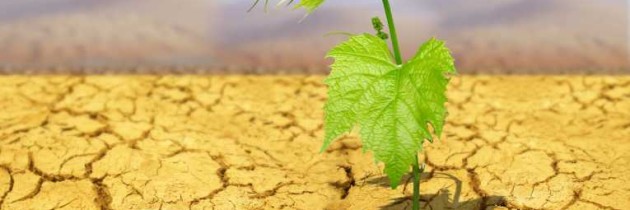Why climate change threatens Peru’s poverty reduction mission
The Peruvian Amazon became a net emitter of carbon dioxide rather than oxygen for the first time in 2012, according to the UN Development Programme’s (UNDP) latest human development country report. The reversal of the rainforest’s usual role as a carbon sink is a direct result of the droughts in the western Amazon in 2005 and 2010 – and a stark reminder, say scientists, that this mega-biodiverse country is highly vulnerable to climate change.
Peru, which has four of the five geographical areas most vulnerable to climate change – ranging from fragile mountain ecosystems to low-lying coastal areas – will host the 20th UN climate change conference in 2014.
The 2013 UNDP report warned that Peru’s climate change vulnerability could undo the advances it has made in channelling economic growth into sustained poverty reduction. Peru’s poverty rates have been more than halved over the past decade, dropping from 48.5% of the population in 2004 to 25.8% in 2012, according to the World Bank.
“If we disregard [environmental] sustainability, whatever progress we have made in poverty reduction or improvement of human development will just be erased due to climate change,” cautioned Maria Eugenia Mujica, one of the UNDP report’s authors.
Peru has already lost 39% of its tropical glaciers due to a 0.7C temperature rise in the Andes between 1939 and 2006. But, the report noted, with a predicted temperature rise of up to 6C in many parts of the Andes by the end of this century, there will be “harmful impacts on human development”.
Peru, which contributes just 0.4% of the world’s greenhouse gases, was ranked third after Bangladesh and Honduras, in climate hazards risks by the UK’s Tyndall Centre for Climate Change Research.
What could be pushing Peru to the brink, researchers warned, is that its economic boom is inextricably linked to activities that damage the environment and contribute to climate change.
Illicit activities such as illegal gold mining and logging, and the cocaine trade – all of which are environmentally destructive but lucrative – are economic drivers in many regions of the country, boosting incomes and, ironically, human development.
A marked increase in the human development ranking in Peru’s Amazon region – measured in increased income – was largely linked to environmentally destructive and illegal coca growing and gold mining, the latter of which also damages human health.
“The growth does not come from education or health, but from predatory activities, like [resource] extraction and mining,” said Francisco Santa Cruz, another of the report’s authors.
As a result of high global gold prices combined with the widespread nature of the informal economy, illegal and artisanal mining now occurs in 21 of Peru’s 25 regions. In Madre de Dios, the Amazon region where illegal gold mining has had most impact, the rate of forest loss has tripled since the 2008 economic crisis, when gold prices began to soar.
Significantly, the rise in income has not been accompanied by an improvement in health and education, the two other key indicators in measuring human development. Consequently, Peru’s 28% human development growth between 1980 and 2012 is more lopsided than it might appear.
“Despite stellar economic growth, the fact that human development is falling or stalled in one of every 10 districts shows the need for Peru to promote inclusive growth and rights,” said the UK-based Peru Support Group.
“A key step in this direction would be to ensure that the millions of indigenous peoples have a say on how extractive projects should go ahead, by implementing their right to prior consultation, so they aren’t forced to accept projects that are harmful to their interests but that ministers want to go ahead.”
In recognition of Peru’s status as a signatory to the International Labour Organisation’s Convention 169, the law is designed to give indigenous communities the right to an opinion on development projects in or around their territories.
As Peru announces plans to invest $6bn in renewable energy projects, experts predict climate change could cost between 8% and 34% of its GDP. The Latin American and Caribbean region will face annual damages in the order of $100bn by 2050, according to an Inter-American Development Bank report.
“Environmentally damaging activities in Peru mean there are ecosystems which can no longer respond to climate change,” said James Leslie, technical advisor on ecosystems and climate change for the UNDP.
“Peru needs to bring in mechanisms so that public finance takes into account climate risks.”
Peru has called its hosting of next year’s COP summit an opportunity to change the world. Its heightened sensitivity to climate change makes it, perhaps, the perfect location for a summit on which rest the hopes of so many nations.
Fonte: theguardian.com



